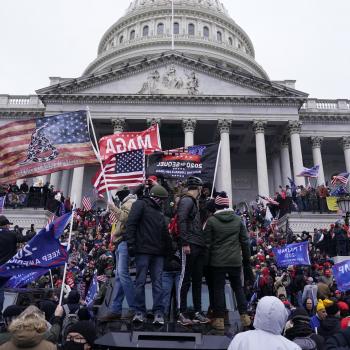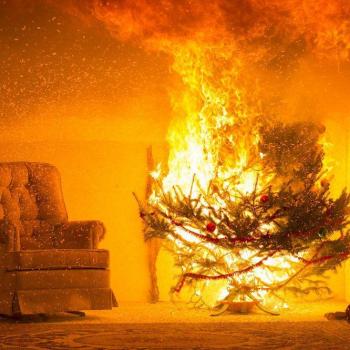If you want to avoid Downton spoilers, then just go visit my guest post on HerKentucky today. Meanwhile, the rest of us are going to don some sack cloth and ashes and lament the season finale. It’s very Lent-y, I promise.
**Spoiler Alert … fair warning.
Awhile back, I posted The Gospel of Grantham. I noted here that our fascination with Downton Abbey is really a timely response to our own dramatically changing culture. The show speaks deep spiritual truth about how we cope with our own shifting world. I stand by that piece, and i still acknowledge the prophetic quality of this wonderfully-written, visually stunning bit of cinema.
Which is to say: I love you, Downton Abbey, but %*$#! How many main characters can you kill off in a single season??
Apparently, two. TWO. And not in a single flu epidemic (though we almost lost Cora there) or major disaster (that was in the pilot)…two unrelated, unforeseen tragedies. I’m still reeling from the darkness of it.
When Sybil died (i said spoiler alert!) i couldn’t decide if it was gripping drama, or over-the-top emotional manipulation. As a survivor of preeclampsia myself, i left that episode thanking God and modern medicine for my life and my babies. I figured I was over-reacting to something that felt a little too close to home.
But come Sunday night’s plot twist, I was back to my initial reaction. At some point, the killing off of main characters becomes a cheap narrative device.
Think about how many of our favorite ‘dramas’ have fallen into this pattern. I was a devotee of ER for many seasons, but at some point, I lost track of the body count–not among the patients, but the doctors. Same goes for Grey’s Anatomy. Between the shooting, the plane crash, and George’s ill-fated date with a bus, perhaps they need to find more graceful ways for stars to exit stage left. I mean, there’s a fine line between drama and soap opera.
On the other hand, look at the West Wing. Bomb threats, terrorist attacks, illness, injury… And yet, for all the high drama of the presidential life, death never felt like a vice on that show. Every death seemed necessary to further the story. The real drama of the Bartlett administration took place in relationship and personal evolution. Aaron Sorkin knows how to play a simple one-liner (“then shut it down…”) for maximum effect. He can manipulate something as simple as a name (“I’M Marion Coatsworth Hay!”) and leave us in tears of laughter. (Just watched that one last night. Gets me every time).
True mastsers of narrative never go for the cheap kill. The creaters of Downton are perfectly capable of nuance, but maybe their recent success has made them lazy. Matthew Crawley wants out of his contract? Fine. Send him back into military service, maybe abroad–give a global pespective to the woes of Grantham. Maybe he wants to move to London and practice law, and Mary goes with him in an act of uncharacteristic sacrifice. Maybe he runs off to America with Edith!! Now THERE’S a story.
Maybe i’m just pouting because i will miss the boyish good looks and piercing blue eyes. While he is not my type, I will concede the appeal of a reluctant heir to power and fortune… But my deeper struggle is with the grotesque entertainment value of death. Broadly speaking– it’s time we found more creative ways of seeking a plot change.
There is this thing called ‘the sanctity of life,’ and for many of us, it does not just have to do with abortion. As people of faith, we value life in its many forms and stages, and we seek a deeper, more complex thread of narrative in the face of suffering. How does that shape our reaction to death–real or fictional?
For my own Lenten journey (told you we’d get there), I’m pausing to reflect on how we ‘do death’ in church. As we near the darkness of Holy Week and the high drama of the cross, what role does violence and tragedy play in our own journey of transformation? Of course, there must be death and darkness if there is to be an Easter moment… And yet, we should never play up death and glorify violence (i’m looking at you, Mel Gibson) in order to create a cheap and emotional conversion moment. Where is that authentic intersection between real, actual death, and real, actual life? I’m not sure…but I do know that a graphic, blood-and-gutsy crucifixion robs us of the real heartache and errs over into the realm of entertainment.
My call for preachers–and for all who seek to embody the living Christ in every day living–is that we learn to be fully present to death and suffering, while not giving it top-billing. What is the real transformation story at the heart of the cross? How does our living narrative reflect the hope in sacrifice, without coming to worship death itself?
This is the evolving narrative of worship in our time and place. As we seek a sacred balance between life and death, perhaps we should send a note of good news across the pond. The Dowager Countess has been looking a little peaked lately…












